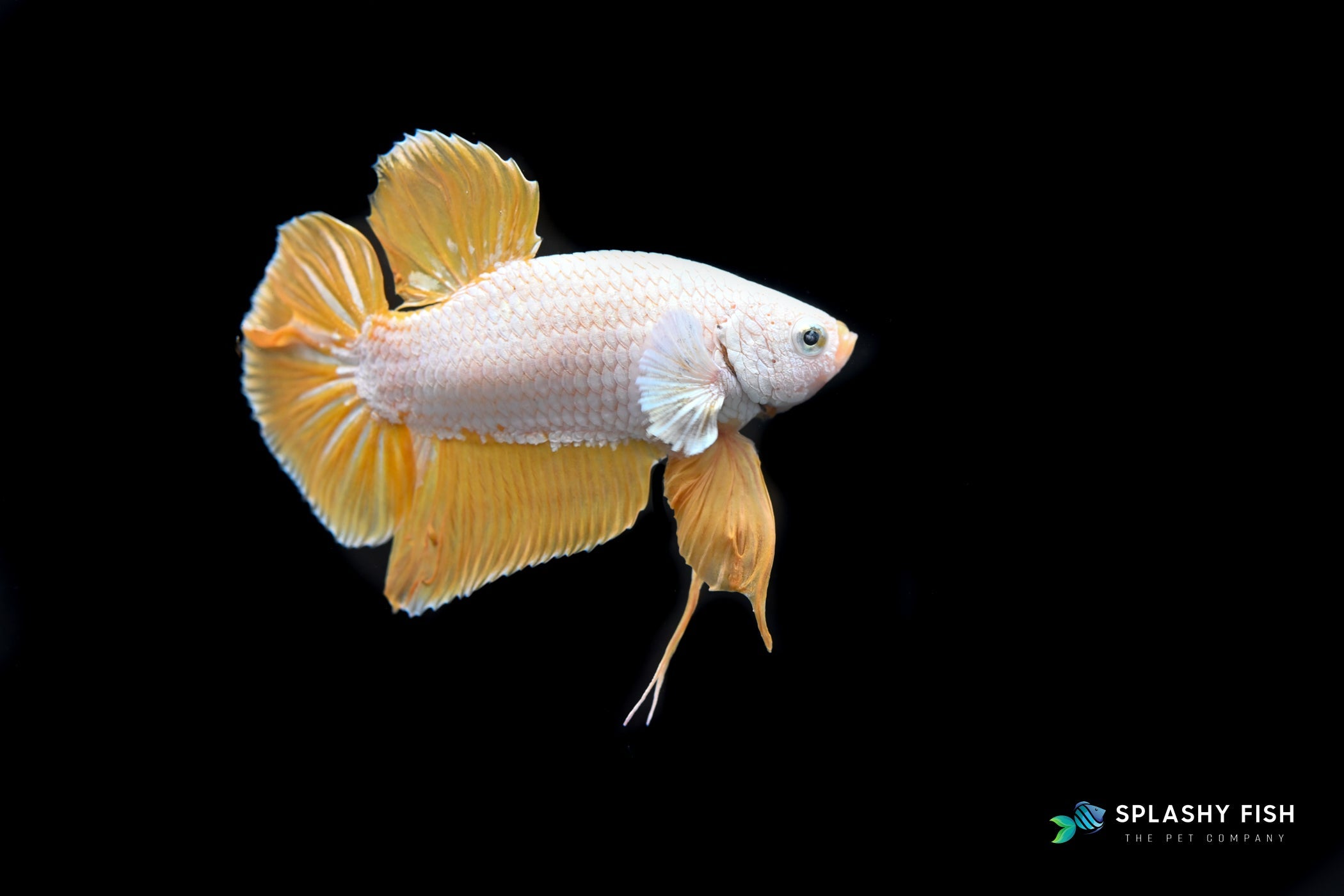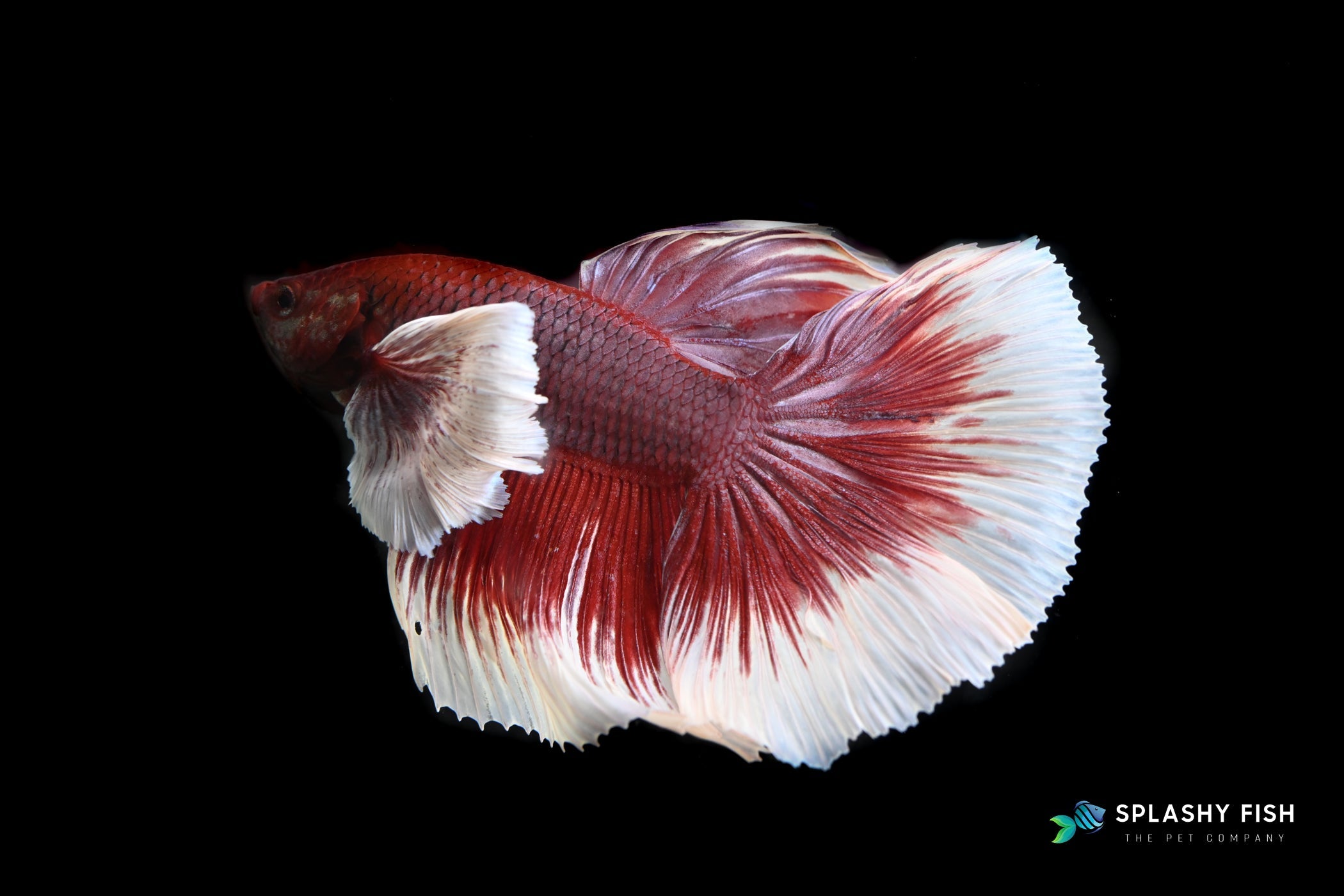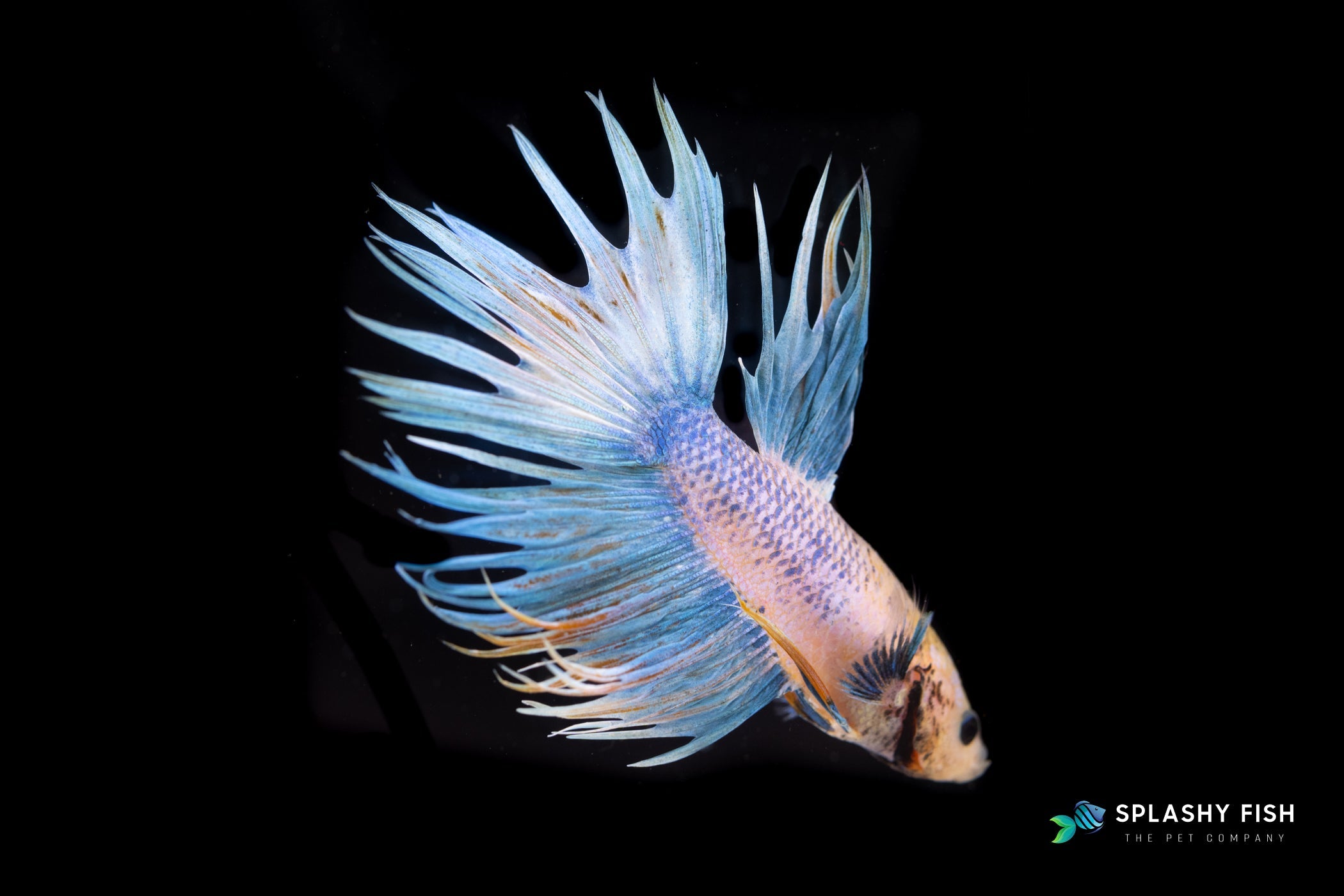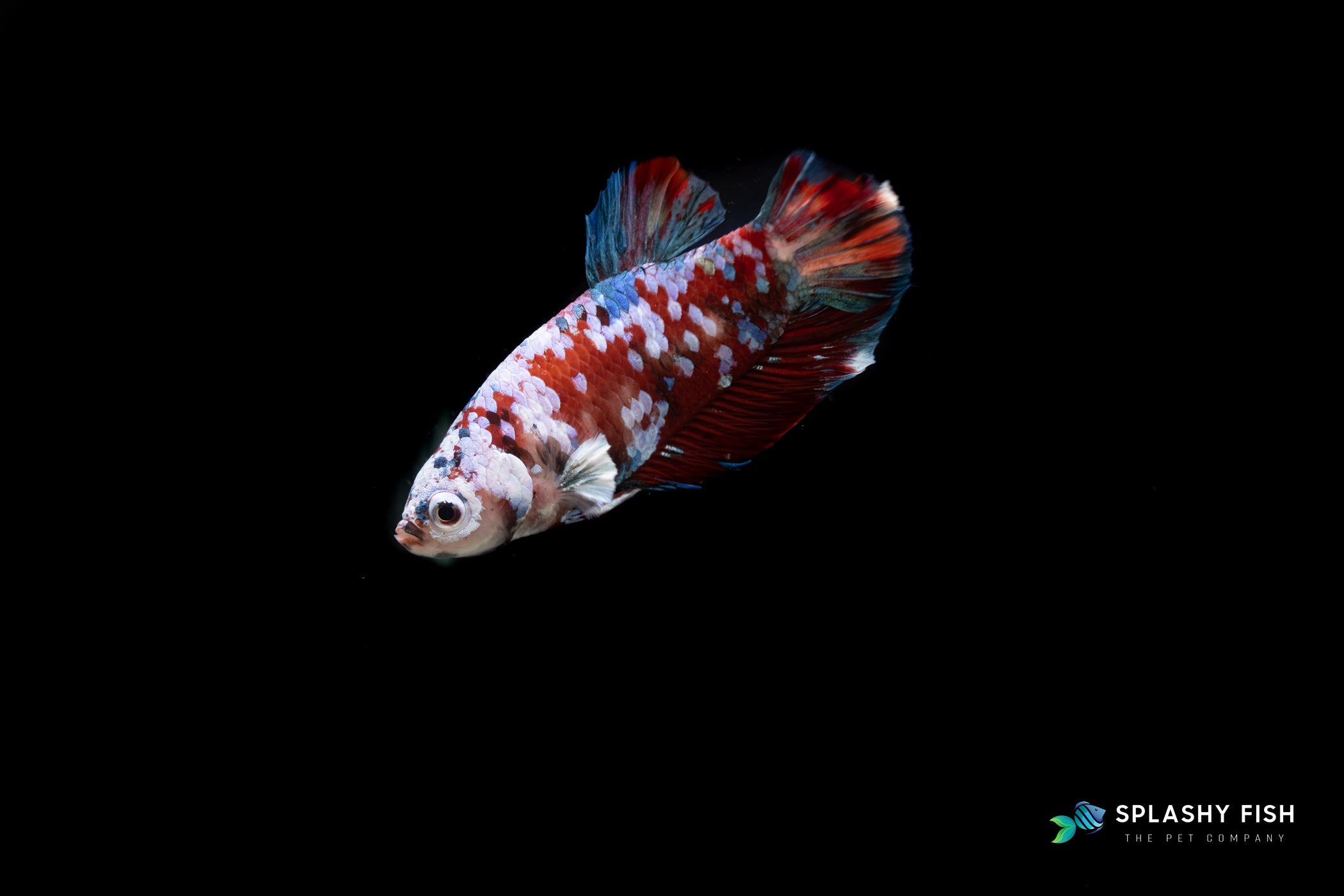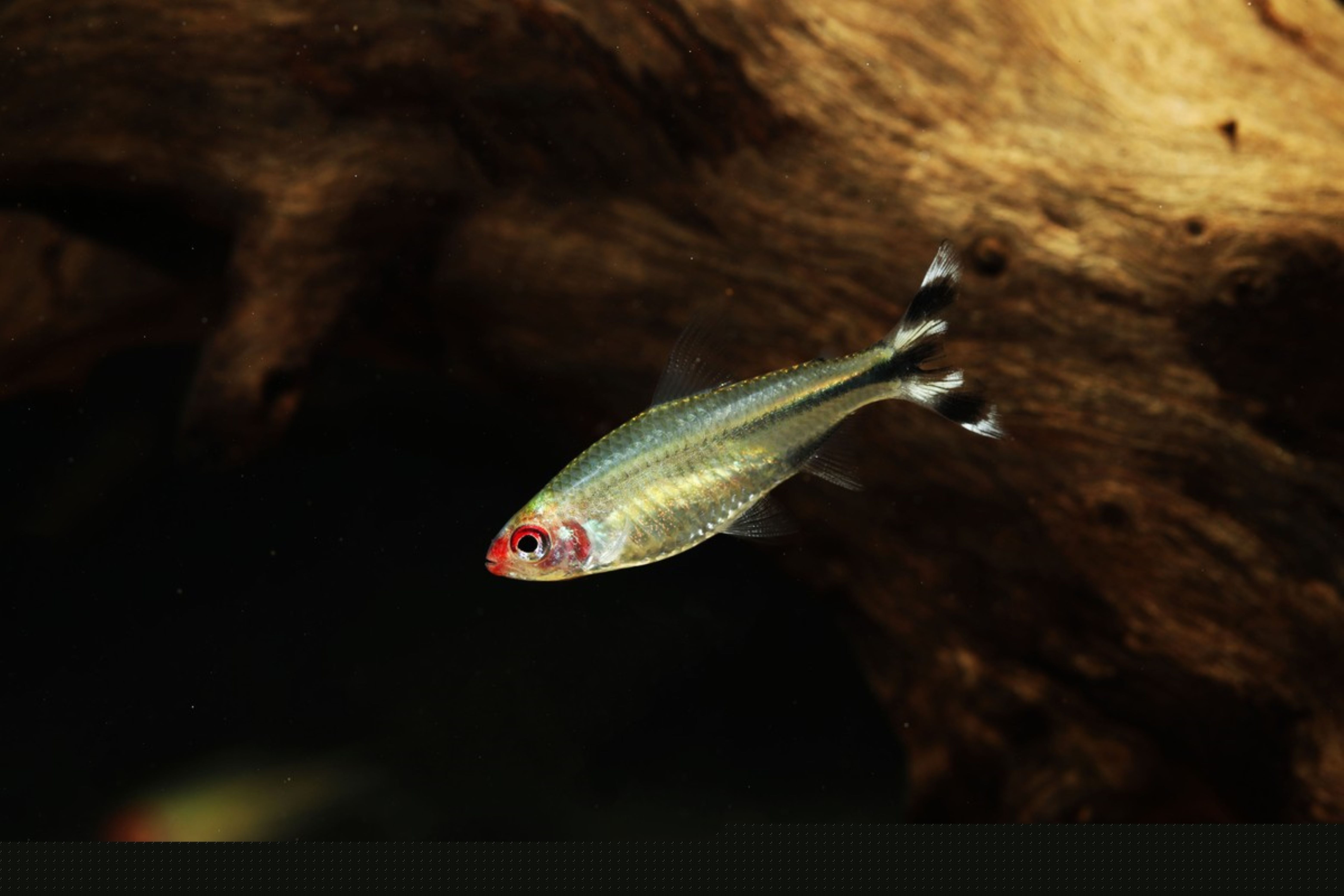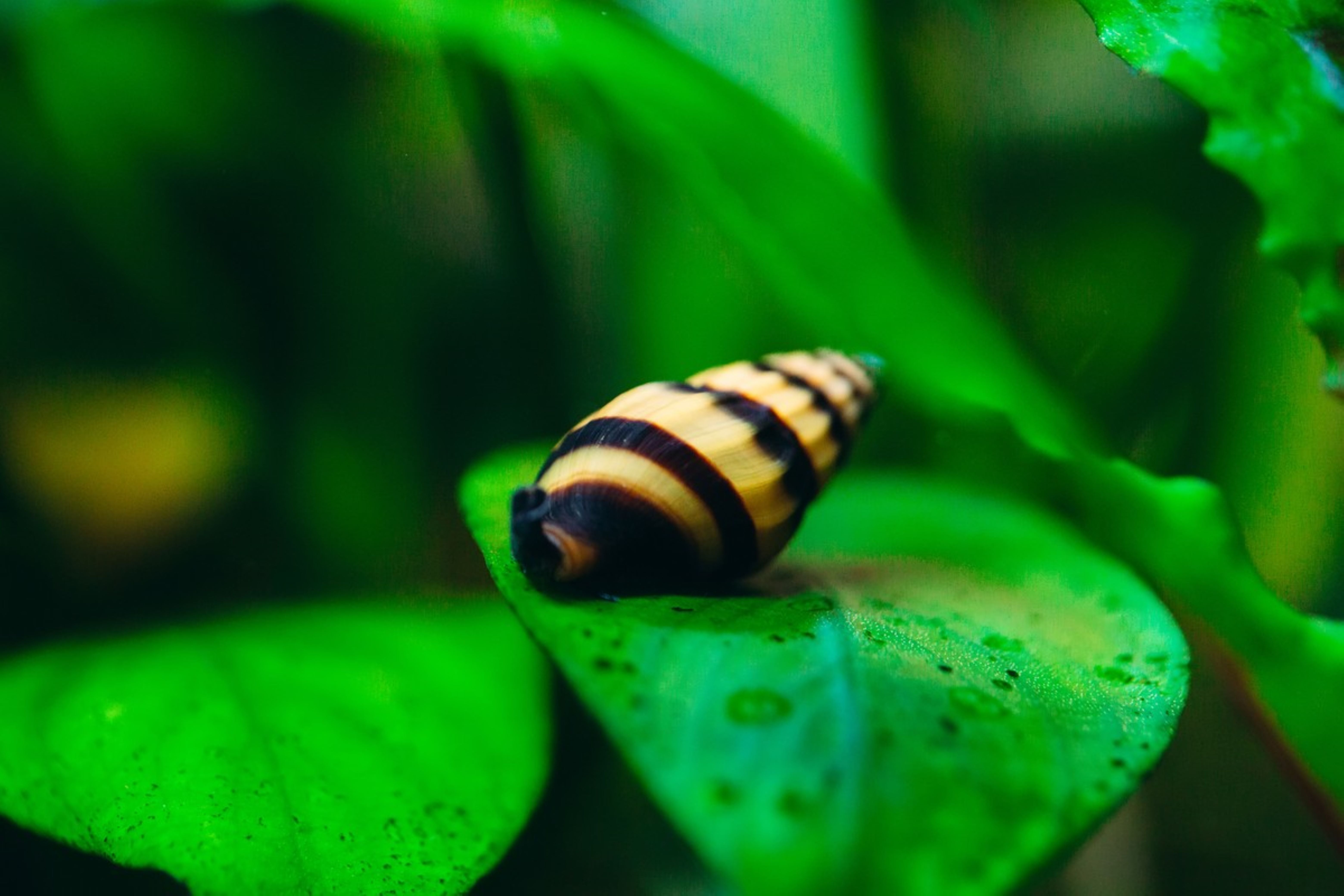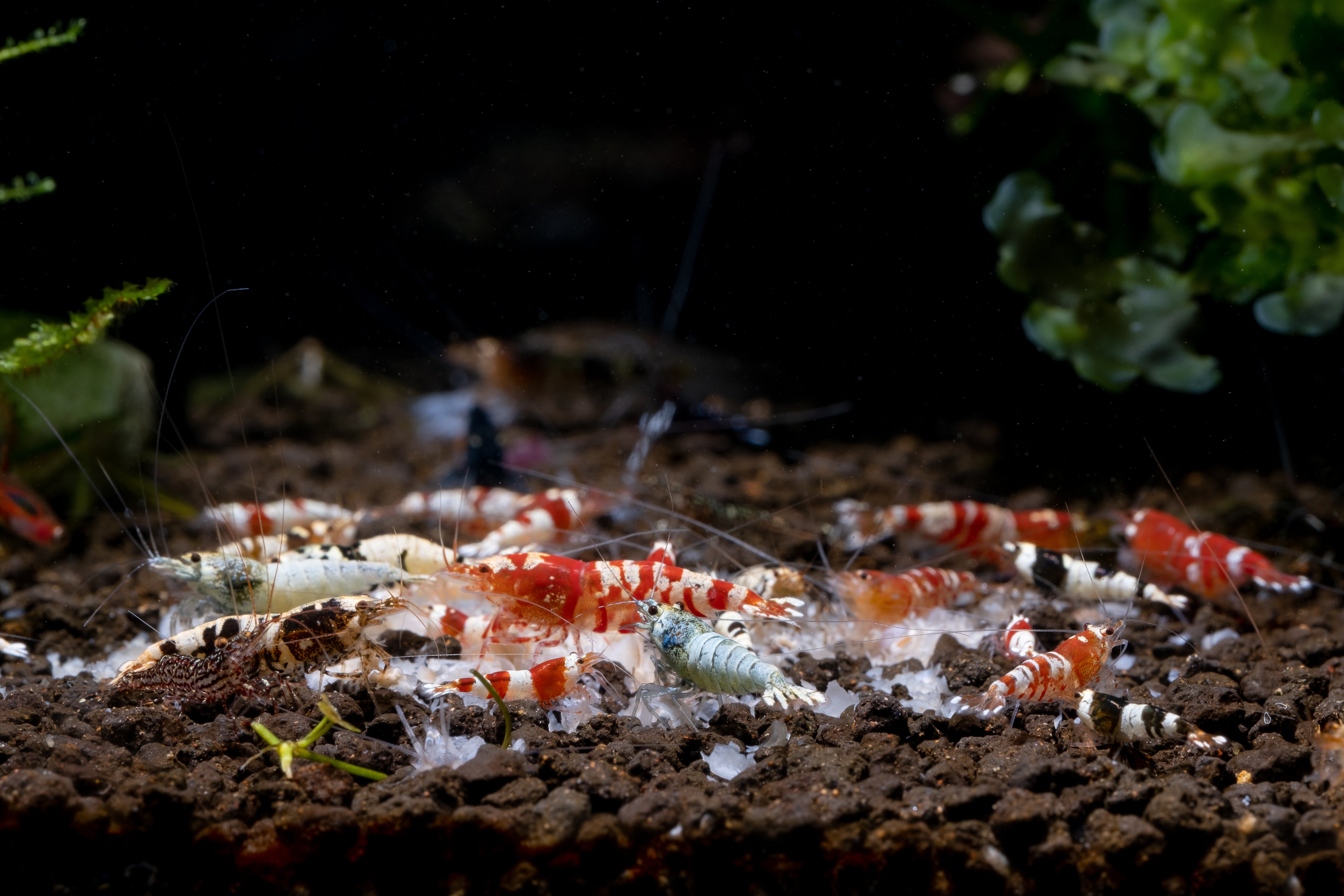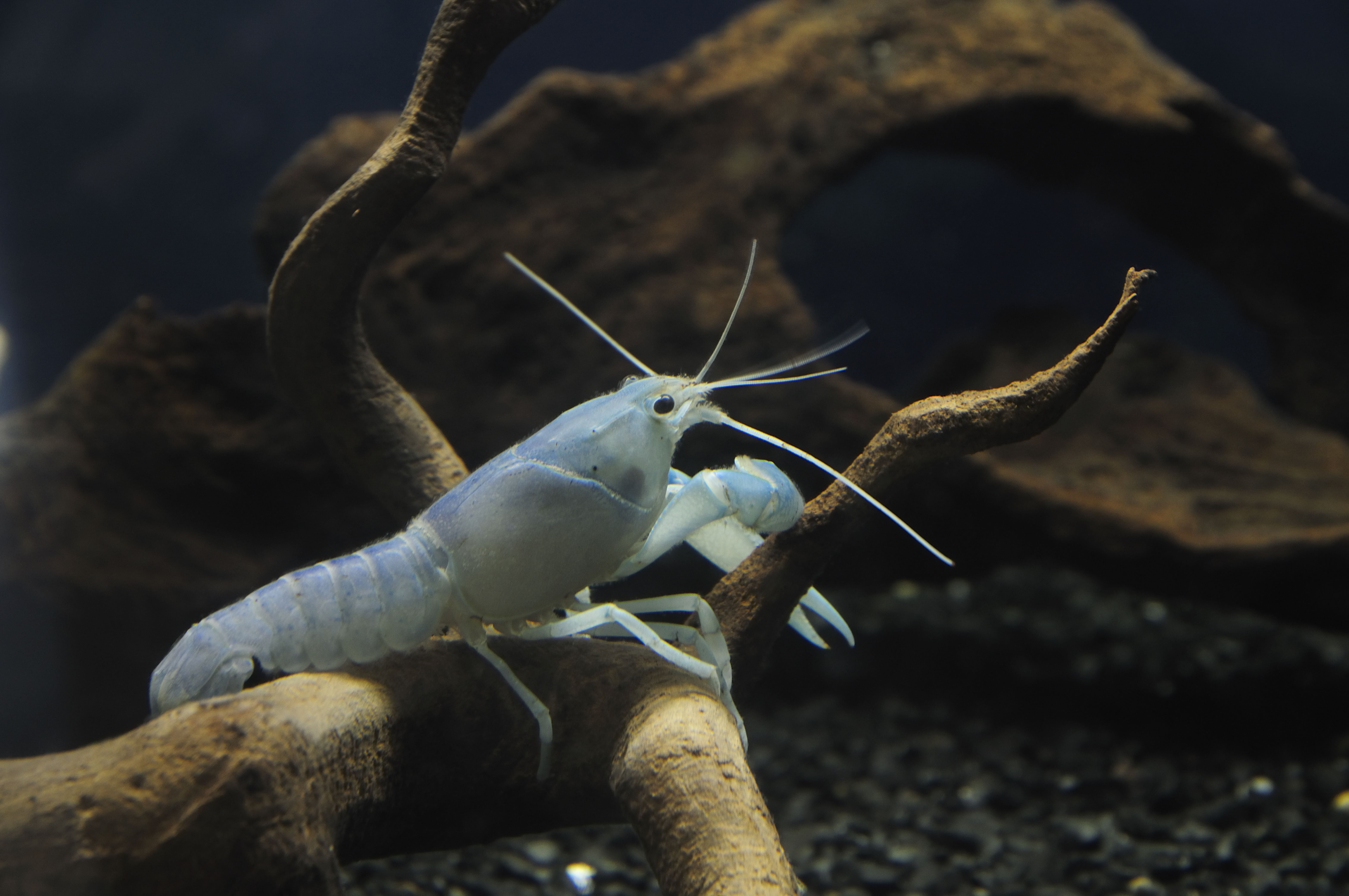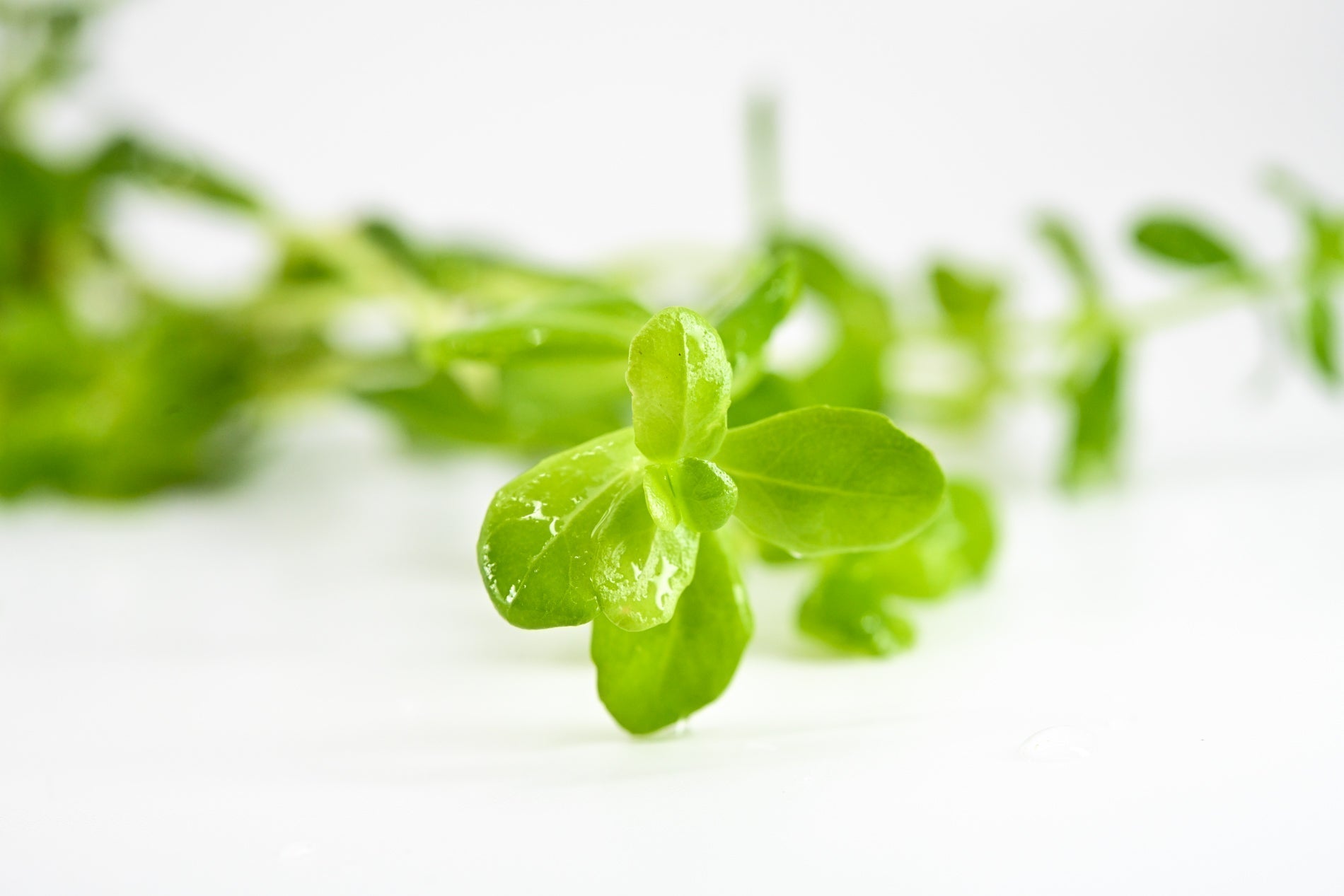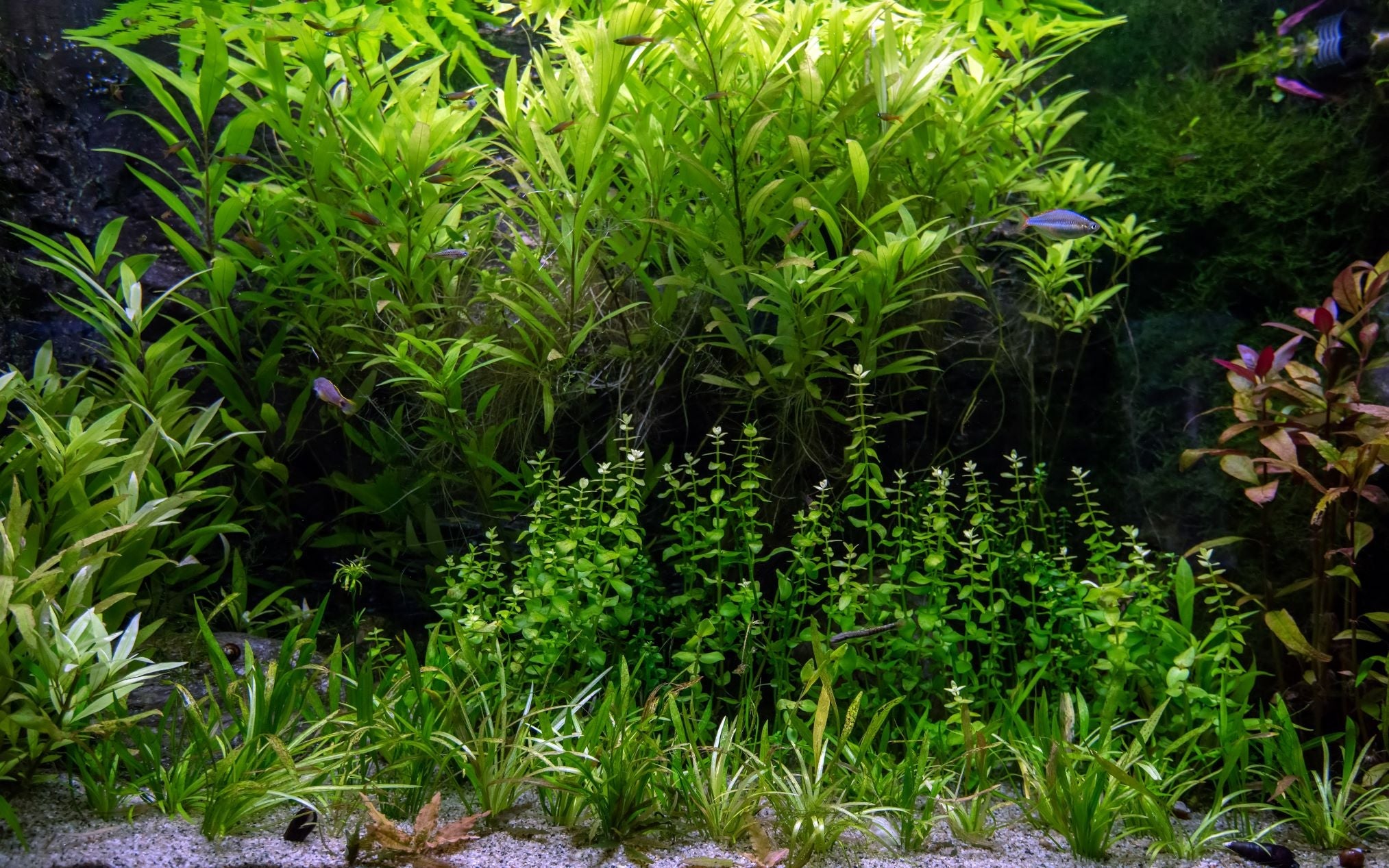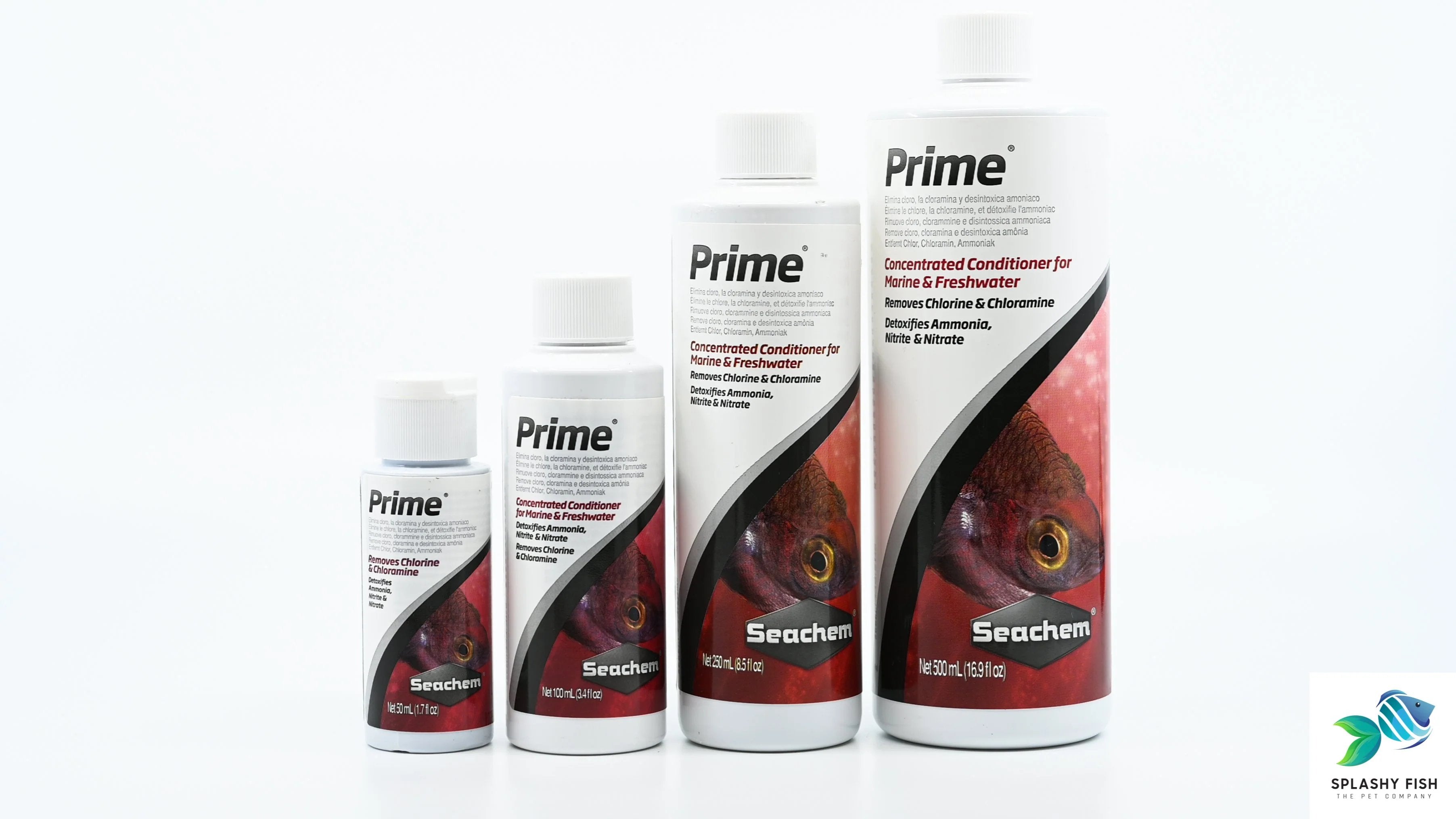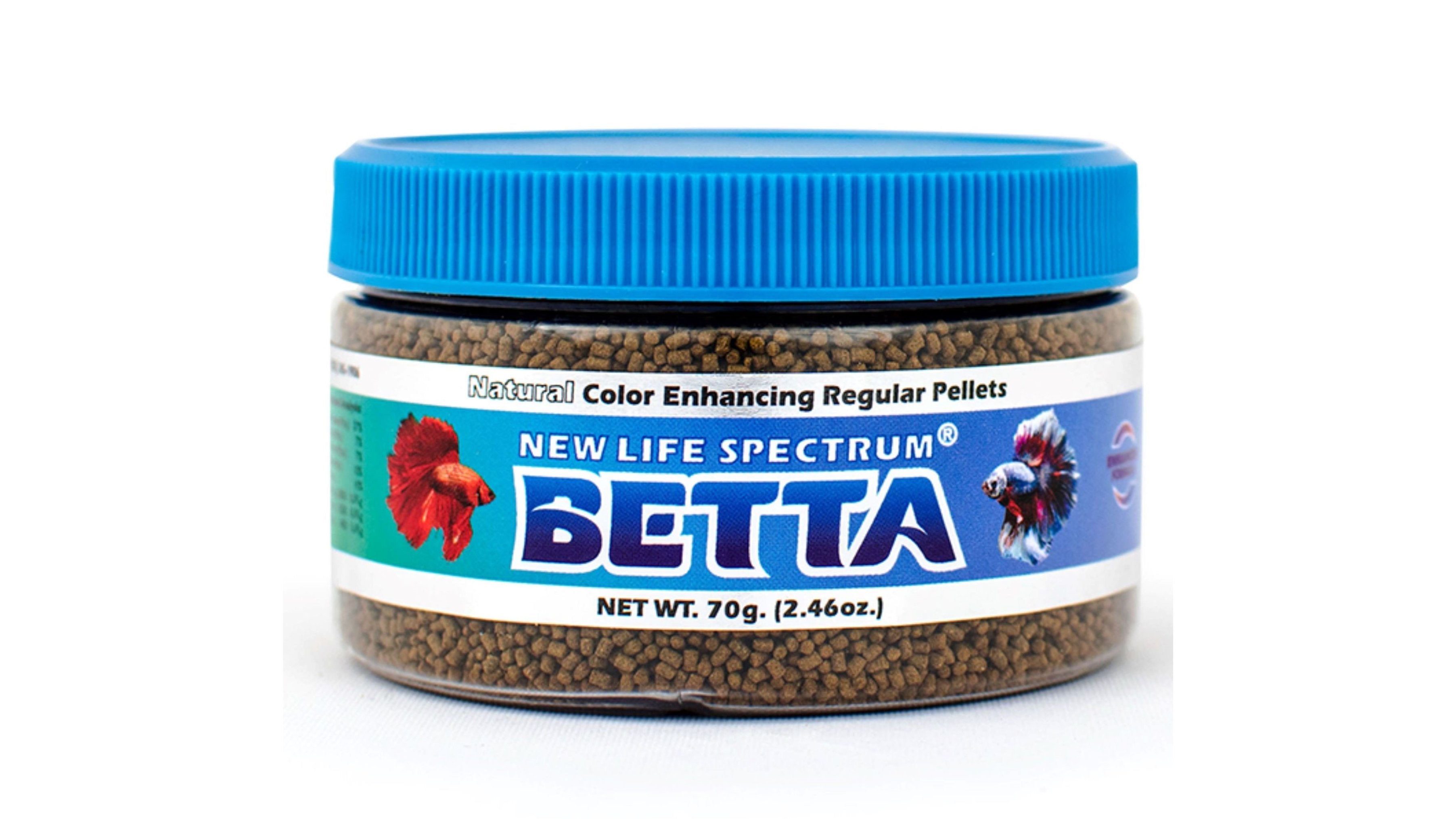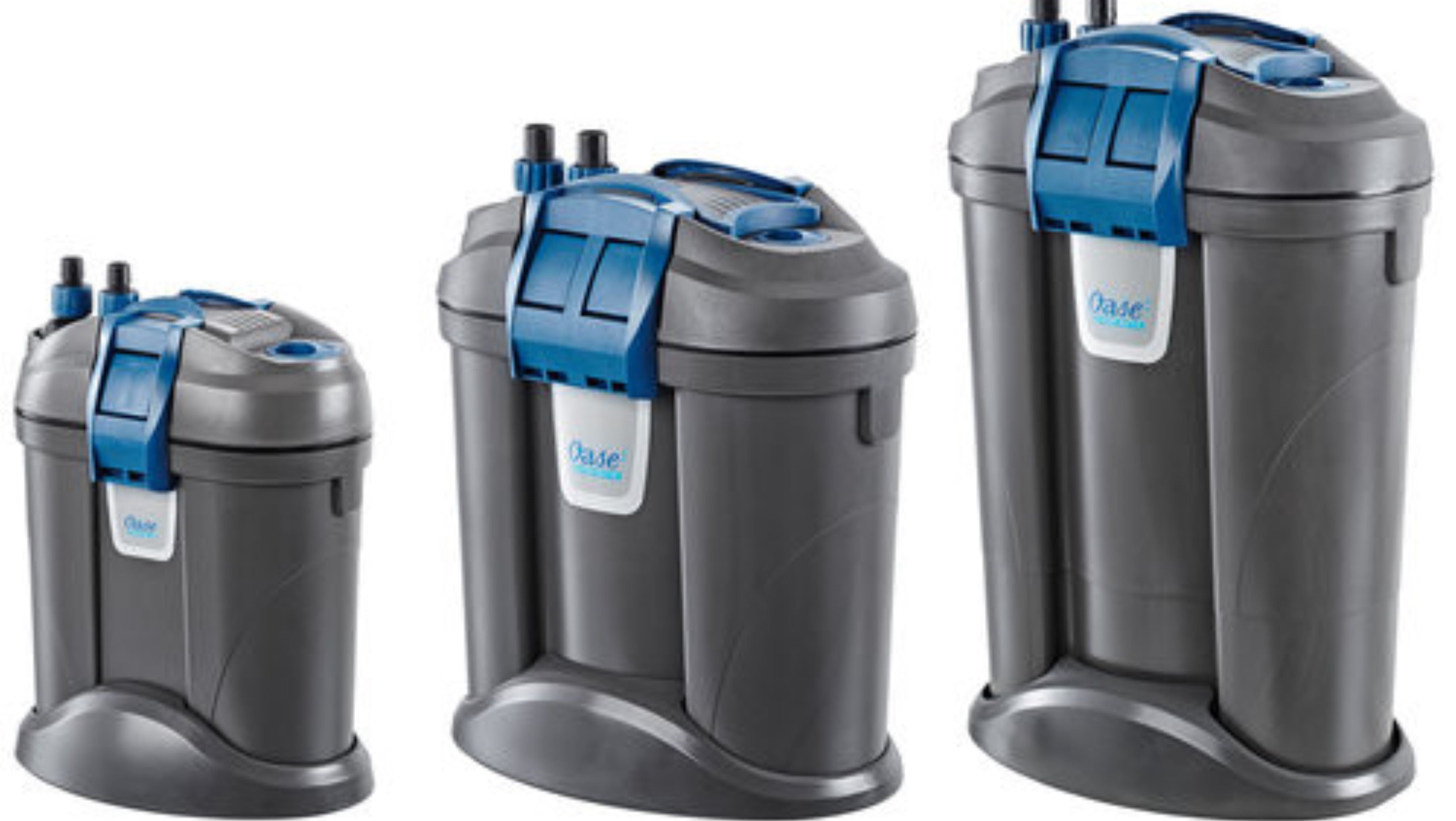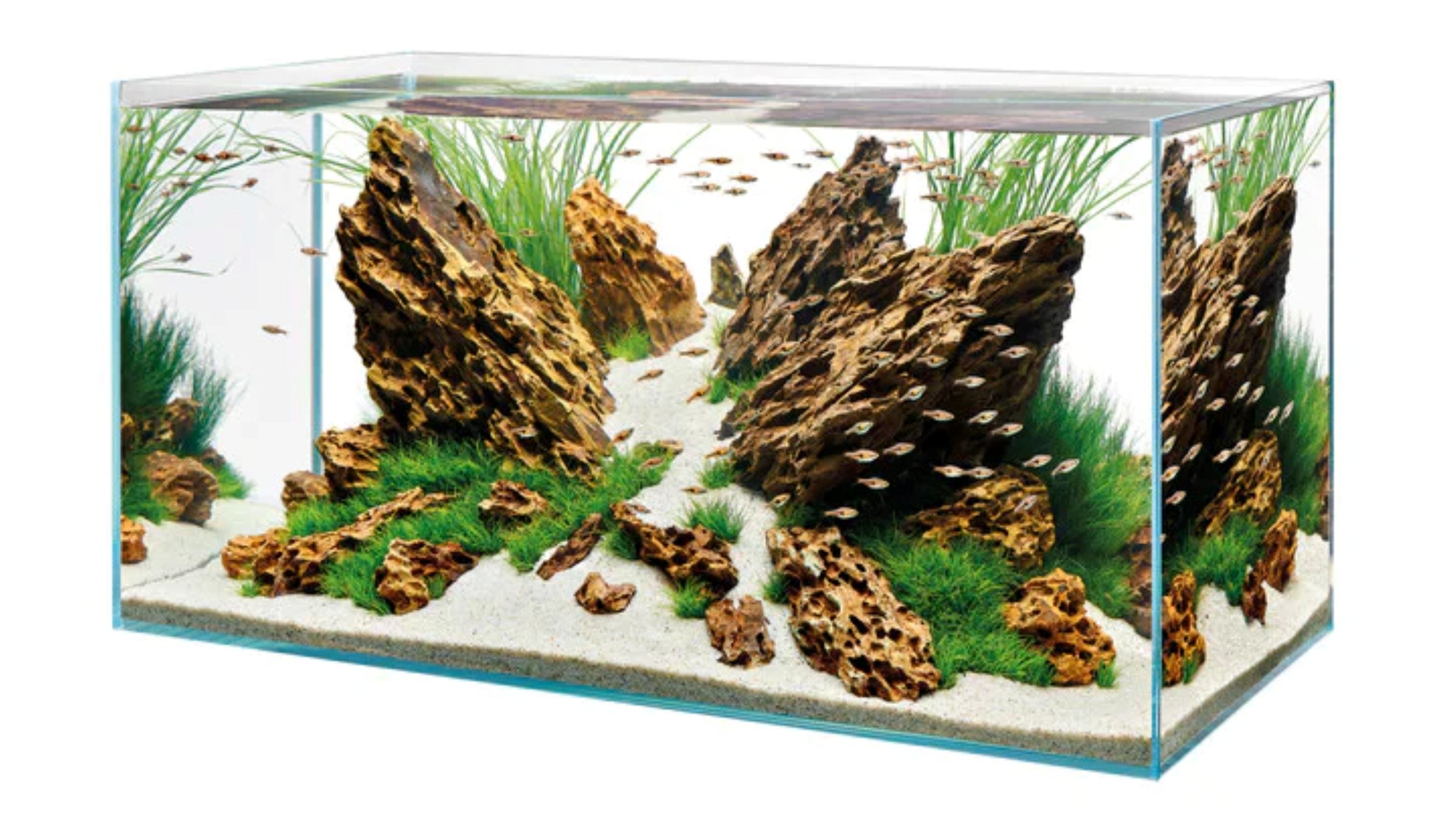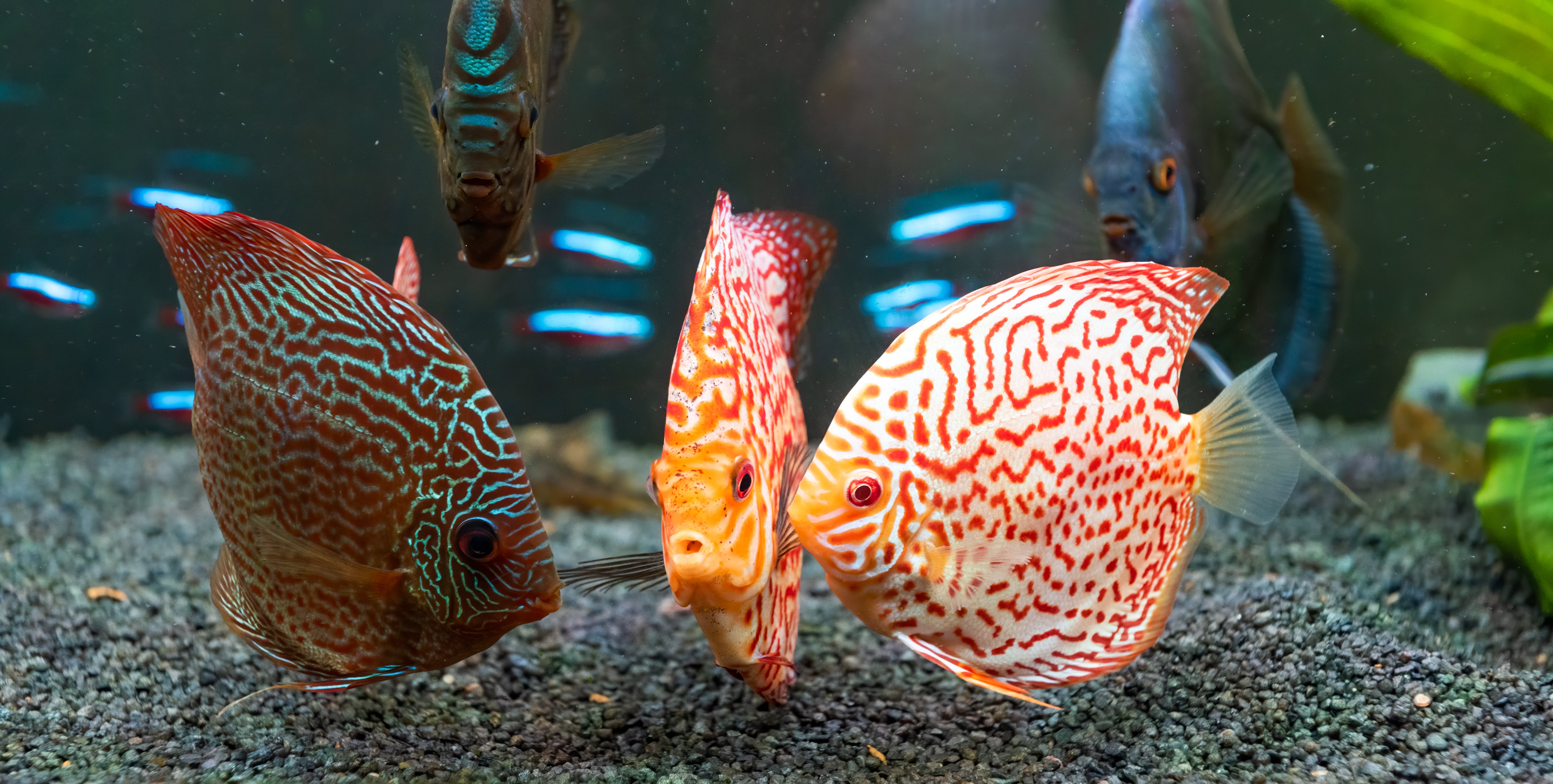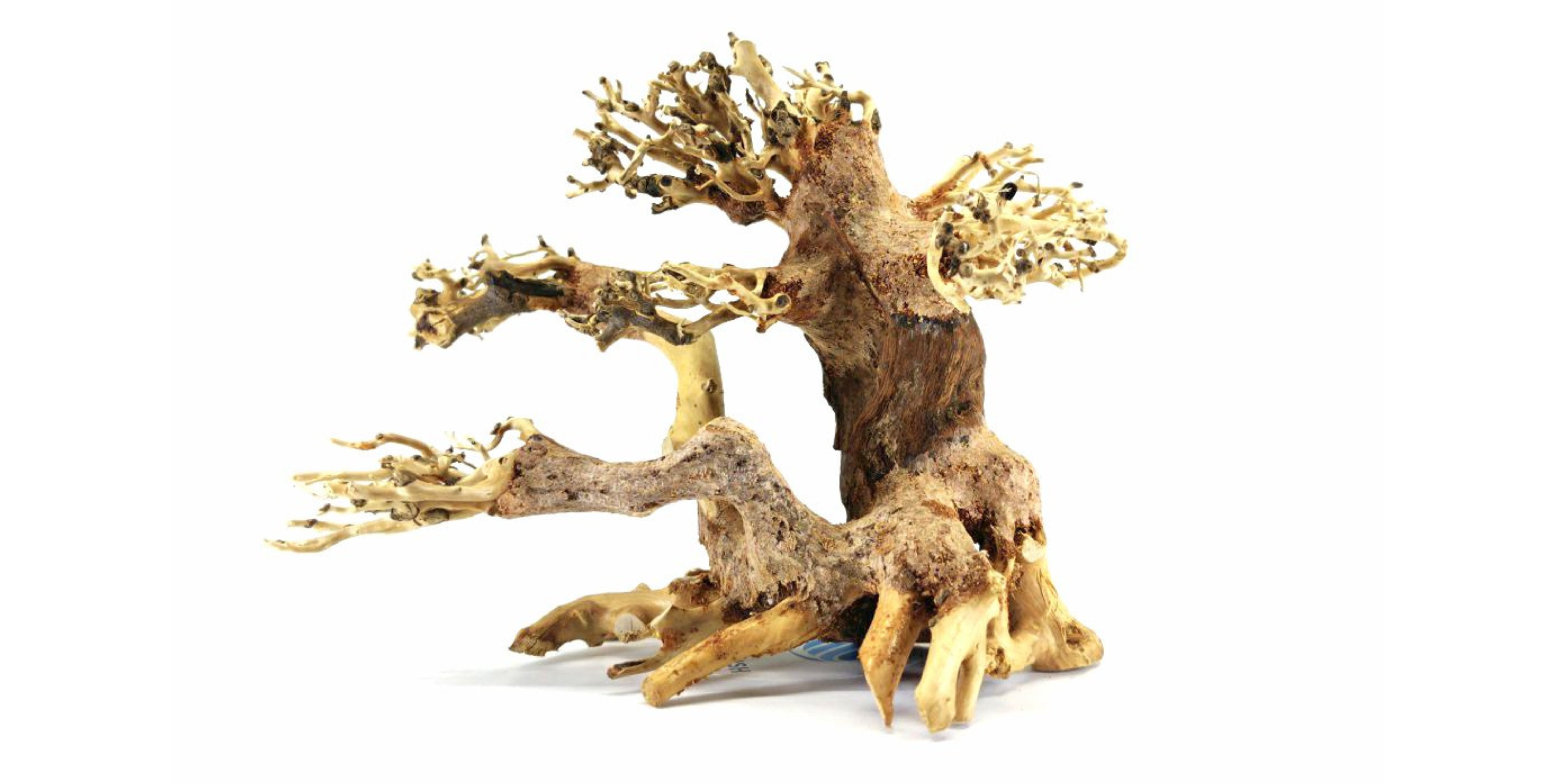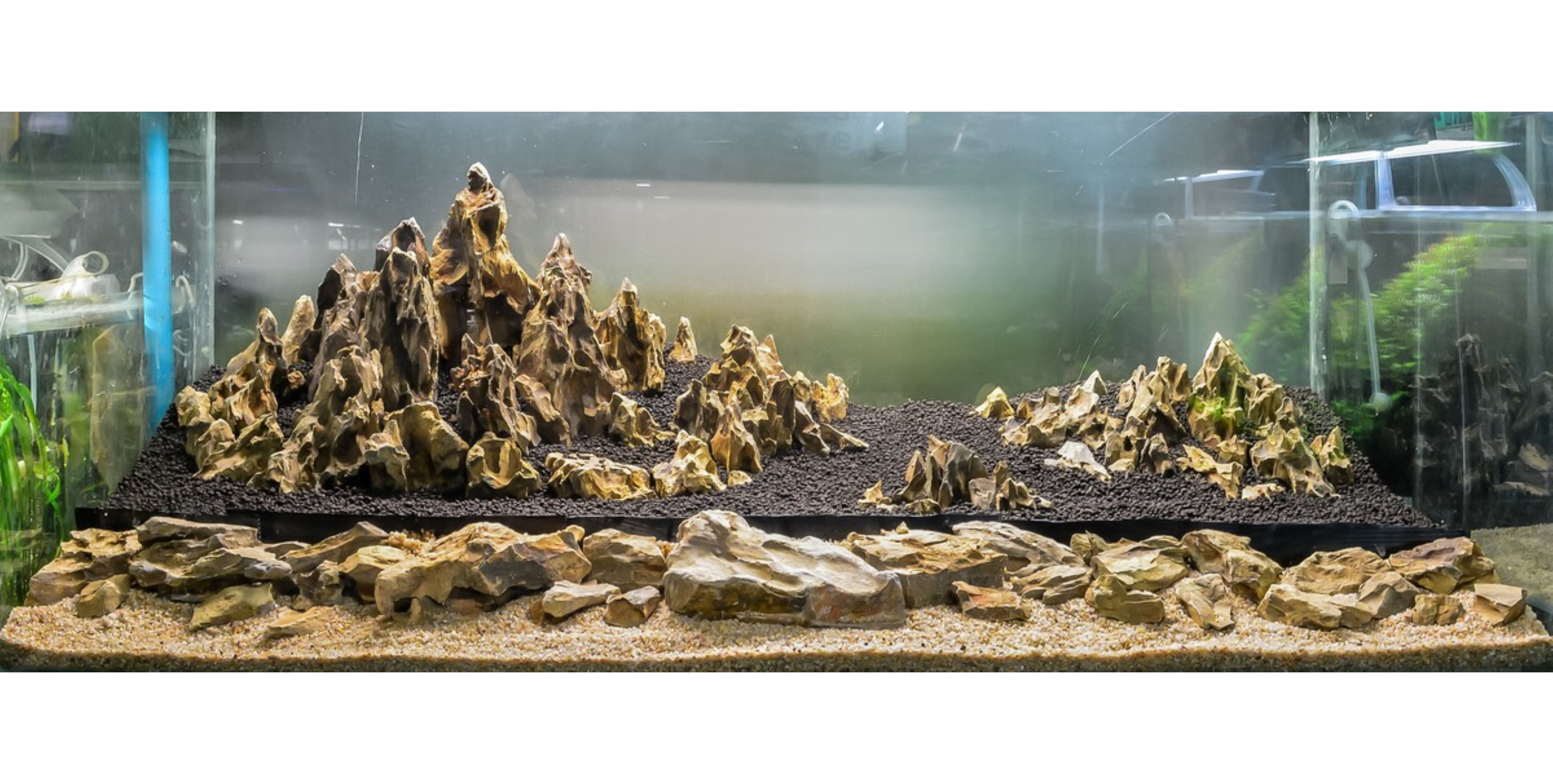Table of Contents
Sword plants are known for their long, narrow leaves that resemble a sword blade, hence their name. Their striking appearance, combined with their ease of care, make them a popular choice among aquarists. In this comprehensive guide, we'll walk you through everything you need to know about caring for sword plants. From choosing the right tank setup to providing the ideal lighting and nutrient conditions, we've got you covered. We'll also discuss the different varieties of sword plants available, each with its own unique characteristics and requirements. Join us as we dive into the world of sword plants and uncover the secrets to creating a stunning aquatic garden. Let's get started on your journey to green-thumb success!
Types of Sword Plants
The world of sword plants is rich and diverse, offering a variety of species to choose from, each with its unique charm.
- Amazon Sword Plant (Echinodorus amazonicus): This classic and widely recognized sword plant is a staple in many aquariums. With the long and bright green leaves, Amazon Sword Plants create a lush backdrop, providing shelter and visual appeal.
- Ozelot Sword Plant (Echinodorus 'Ozelot'): These captivating types of sword plants showcase striking dark spots on their leaves, reminiscent of an ocelot's coat. Its compact size makes Ozelot Sword suitable for smaller aquarium tanks.
- Red Rubin Sword (Echinodorus horemanii x E. barthii): As the name suggests, this aquatic plant boasts vibrant red leaves, adding a pop of color to your underwater landscape.
- Kleiner Bar Sword Plant (Echinodorus 'Kleiner Bar'): This dwarf variety is perfect for nano aquariums or foreground placement. Its compact size and slow growth habit make it easy to manage.
- Marble Queen Sword Plant (Echinodorus 'Marble Queen'): This elegant sword plant features marbled green and white leaves, creating a stunning visual effect.
Benefits of Sword Plants in Your Aquatic Tank
Sword plants offer a plethora of benefits beyond their aesthetic appeal, contributing to a healthy and balanced aquatic ecosystem.
- Oxygen Production: Like all aquarium plants, sword plants release oxygen into the water through photosynthesis, enhancing the overall water quality and promoting the well-being of your fish and other aquatic life.
- Natural Filtration: Sword plants absorb excess nutrients, such as nitrates and phosphates, from the water, helping to prevent algae growth and maintain a clean environment.
- Shelter and Hiding Places: The dense foliage of sword plants provides valuable hiding spots and territories for freshwater fish, especially shy or bottom-dwelling species.
- Spawning Sites: Some tropical fish species utilize sword plants as spawning sites, attaching their eggs to the leaves or roots.
- Stress Reduction: The presence of live plants in aquarium has been shown to reduce stress levels in fish, contributing to their overall health and longevity.
Setting Up The Perfect Environment for Aquarium Sword Plants
Lighting requirements
- Light Intensity: Aim for moderate to high light intensity, providing at least 2 to 3 watts per gallon of full-spectrum aquarium lighting.
- Photoperiod: Maintain a consistent photoperiod of 8 to 10 hours per day to mimic natural daylight cycles.
- Light Spectrum: Choose a full-spectrum aquarium light that includes both red and blue wavelengths, essential for photosynthesis and plant growth.
Water and nutrient needs
- Macronutrients: Ensure the water column contains adequate levels of macronutrients, including nitrogen, phosphorus, and potassium. These can be supplemented through liquid fertilizers or root tabs.
- Micronutrients: Iron, manganese, and other micronutrients are also essential for sword plants. These can be provided through specialized micronutrients fertilizers or iron-rich substrates.
-
Carbon Dioxide (CO2): While not strictly necessary, supplementing CO2 can significantly enhance the growth and vitality of sword plants, especially in high-light setups.
Propagation and maintenance tips
- Propagation: Once the plantlets on the runners have developed a few leaves and roots, they can be carefully separated from the mother plant and planted individually.
- Pruning: Regular pruning helps maintain the shape and size of sword plants, promoting bushier growth and preventing them from overcrowding the tank.
- Algae Control: Keep an eye out for algae growth on the leaves, which can hinder photosynthesis. Algae can be controlled through manual removal, proper water maintenance, and the addition of algae-eating shrimp or snails.
Other requirements
- Tank Size: While some dwarf varieties can thrive in smaller fish tanks, most sword plants require ample space to grow and flourish. A tank size of at least 20 gallons is recommended for most species.
- Substrate: Sword plants prefer a nutrient-rich aquarium substrate to support their root development. A fine-grained substrate with a high organic content, such as aqua soil or a specialized planted tank substrate, is ideal.
- Water Parameters: Sword plants are adaptable to a range of water conditions, but they generally prefer slightly acidic to neutral water with a pH of 6.5 to 7.5. The water temperature should be maintained between 72°F and 82°F.

Common Problems and Troubleshooting for Sword Plants
- Yellowing Leaves: This can be a sign of nutrient deficiencies, especially iron deficiency. Supplement iron through liquid fertilizers or root tabs.
- Stunted Growth: Insufficient lighting or nutrient deficiencies can lead to stunted growth. Increase light intensity or supplement nutrients as needed.
- Melting Leaves: Sudden changes in water parameters or exposure to harmful chemicals can cause leaves to melt or disintegrate. Maintain stable water conditions and avoid using harsh chemicals in the aquarium.
Popular Sword Plant Species for Beginners
- Amazon Sword Plant: This classic and adaptable plant is easy to care for and thrives in a variety of conditions.
- Ozelot Sword Plant: Its compact size and striking appearance make it a popular choice for smaller tanks.
- Kleiner Bar Sword Plant: This dwarf variety is ideal for nano aquariums or foreground placement due to its slow growth habit.
- Tropica Tissue Culture: These types of sword plants are grown in sterilized laboratory environment by using tissue culture techniques. These tissue culture plants by Tropica will be the best choice for any aquarium hobbyist.
Conclusion
Sword plants are a captivating addition to any aquarium, bringing natural beauty and numerous benefits to your aquatic ecosystem. By providing the ideal environment, proper lighting, and adequate nutrients, you can cultivate healthy and thriving sword plants that will enhance the visual appeal and overall well-being of your underwater world. If you are looking for a sword plant for your fish tank, visit our aquarium store online or aquarium Virginia for high-quality sword plants for sale and other freshwater fish, invertebrates, live aquatic plants, and other aquascape supplies.
FAQs
What are the most common mistakes when caring for sword plants?
Insufficient lighting, nutrient deficiencies, and overcrowding are common mistakes that can hinder the growth and health of sword plants.
How often should I trim my sword plants?
Regular pruning is recommended to maintain the shape and size of sword plants and promote bushier growth. Trim any yellowing or damaged leaves and remove any runners that are overcrowding the tank.
What are some good companion plants for sword plants?
Sword plants pair well with a variety of other freshwater plants, including Cryptocoryne, Anubias, and Java ferns. These plants create a diverse and visually appealing underwater landscape.


